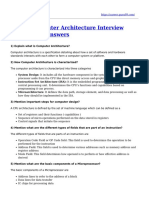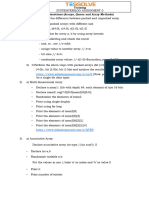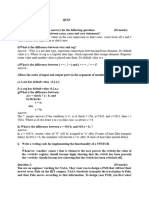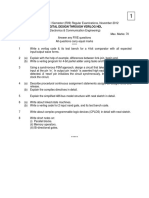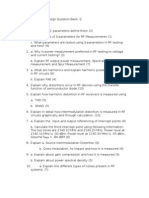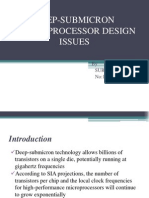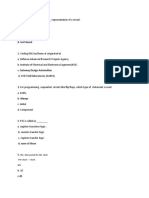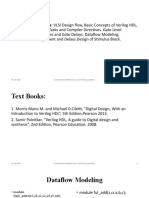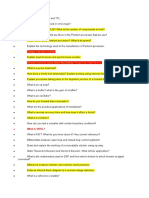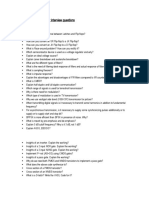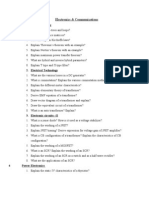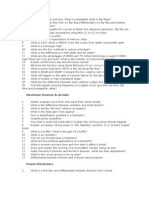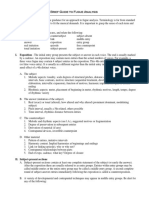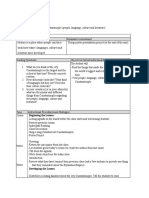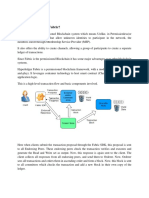0% found this document useful (0 votes)
72 views4 pagesElectronics Engg
The document outlines key concepts and topics in Electronics Engineering, including flip-flops, microprocessors, control systems, digital communication, and various electronic components. It covers fundamental principles, comparisons between technologies, and practical applications in the field. Additionally, it highlights important areas such as digital electronics, communication systems, and linear integrated circuits.
Uploaded by
Mohona SanyalCopyright
© © All Rights Reserved
We take content rights seriously. If you suspect this is your content, claim it here.
Available Formats
Download as PDF, TXT or read online on Scribd
0% found this document useful (0 votes)
72 views4 pagesElectronics Engg
The document outlines key concepts and topics in Electronics Engineering, including flip-flops, microprocessors, control systems, digital communication, and various electronic components. It covers fundamental principles, comparisons between technologies, and practical applications in the field. Additionally, it highlights important areas such as digital electronics, communication systems, and linear integrated circuits.
Uploaded by
Mohona SanyalCopyright
© © All Rights Reserved
We take content rights seriously. If you suspect this is your content, claim it here.
Available Formats
Download as PDF, TXT or read online on Scribd
/ 4






